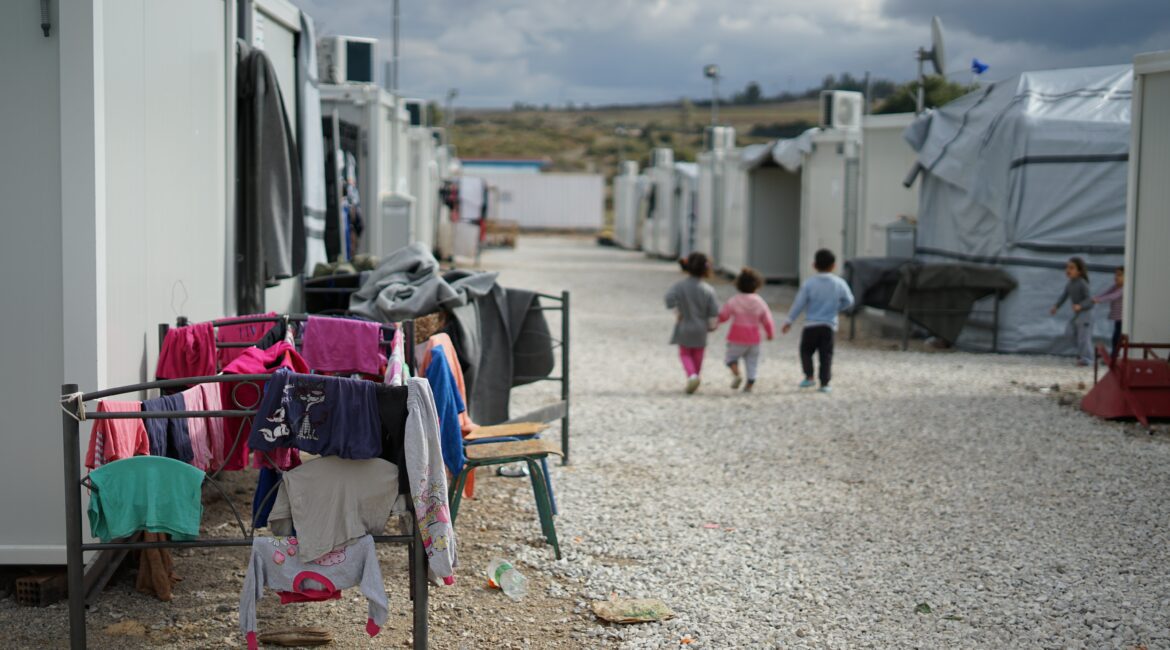Certain countries from Middle East and North Africa- Syria, Irak, Lebanon, Libya, Algeria, Tunisia, Morroco, are mainly the origin coutries of migrants that travel to Europe. The flow of migration has increased since the outbreak of the Arab Spring in 2010- in Tunisia, Egypt, Libya, Syria, Yemen, which led to civil wars. Subsequently, terrorism was not long in coming, which contributed to the escalation of instability in these countries.
In search of a better life, fleeing from war, terorism, persecution and poverty migrants travel to the West, , especially to economically developed countries from Europe. The EU has adopted various sets of rules and frameworks to manage legal migration flows with regard to: asylum seekers, highly skilled workers, students and researchers, seasonal workers, family reunification. Regarding other migration flows, the EU has adopted: common rules for processing asylum requests, readmission agreements for returning illegal migrants.
According to the latest statistics of the United Nations High Commissioner for Refugees (UNHCR), the Syrian Arab Republic continues to be the country producing the highest number of refugees worldwide (6.6 million). In the context of the Syrian refugee crisis, this led to sustained efforts towards deterring inflows of forced migrants by providing economic support to refugee host states of first asylum, creating strategies of restricting mass refugee inflows into Western states’ territory.
Starting with March 2020, at the begining of COVID 19 pandemic, states in West and North Africa have implemented border closures and travel restrictions. At first, such measures were mainly adopted at the national level, but later gained a more transnational and multilateral dimension, and the migration flow was reduced considerably. 2020 marked the lowest rates in irregular migration to Europe since 2013.
Faced with the risk of return to their home countries, in 2021, migrants have adapted to the new restrictions by crossing borders through less known and therefore more dangerous routes. There are 3 routes used by MENA migrants to arrive in Europe:
Eastern Mediterranean route - refers to irregular arrivals to Greece, Cyprus and Bulgaria. It is used by high numbers of refugees seeking shelter from Syria and Irak;
Central Mediterranean route refers to irregular sea arrivals to Italy and Malta. Migrants from sub-Saharan Africa and North Africa transit through Tunisia and Libya on their journey to Europe;
Western Mediterranean route- refers to irregular arrivals to Spain, both by sea to mainland Spain and by land to the Spanish enclaves of Ceuta and Melilla in Northern Africa. It is mostly used by migrants from Algeria and Morocco but people from many sub-Saharan African countries also try to reach Europe via this route.
The current refugee crisis is emblematic of Europe's ambivalence and failure to manage forced migrations in the present time. Despite being the cradle of human rights and of the very concept of political asylum, Europe is at the same time dominated by the securitarian logic that currently prevails on a global level. Faced with largest movement of migrants and refugees since World War II, Europe has displayed the arbitrariness of its borders, both internal and external.
The flow of MENA refugees and their impact on Europe

